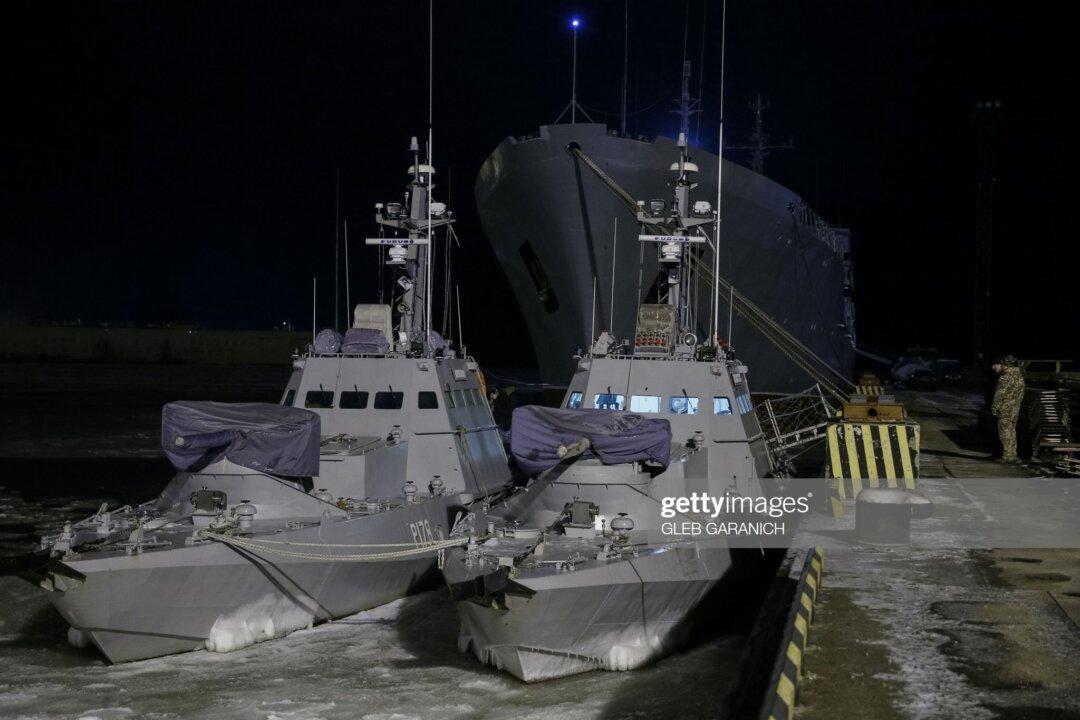In recent months, we have been seeing the disintegration of another formerly stable relationship in the Middle East: Saudi Arabia and Iran.
From 1979 when Iranian revolutionaries seized the U.S. Embassy in Teheran and held our diplomats captive for 444 days, the United States and Iran had been frozen in confrontation. This hostility was a given—comforting to Saudis, who became the principal U.S. ally in the Gulf. They provided reliable oil production, purchased staggering amounts of U.S. military equipment, and had the United States train their forces to U.S. standards.
This alliance was reinforced during the Desert Shield/Desert Storm Gulf War in 1991–1992. Saddam Hussein-Iraq’s assault on and seizure of Kuwait terrified Riyadh. There was very little that could have stopped Saddam had he chosen to drive his armored columns farther south into Saudi. U.S. forces were not positioned to be deployed fast enough (or in sufficient strength) to stop Saddam. As one Army officer commented, the 82nd Airborne would only have been a “speed bump” against Iraqi forces.
But Saddam didn’t drive south, and the United States had time to deploy its own armored forces from CONUS and Europe, construct a U.N.-endorsed coalition, and annihilate Saddam’s forces in Kuwait when the “Storm” broke in 1992.
The war had many consequences, but one was an intensified Saudi bond with the United States and their recognition that nothing could be permitted to disrupt this alliance.
Iran, however, was bitterly unhappy with its isolation. Dating to the Persian Empire, Iran views itself as the sophisticated powerhouse of the region (with the Saudis as desert nomads barely a generation away from living in tents with their camels). Tehran chaffed under strangling, U.S.-driven economic restrictions/sanctions and U.N. resolutions against its nuclear weapon program. Revolutionary fervor and belief they should lead the Islamic world as the head of Shia Islam, combined with fear of hostile power encirclement, drove them to accelerate a nuclear program in process since the days of the Shah.





